Applications of nanoparticles and effective advances in the field of nanotechnology have attracted much attention today. In this post we are going to focus on nanoparticles in sunscreen, sunscreen without nanoparticles, titanium dioxide sunscreen brands, nanoparticles in catalysts and make you more familiar with this phenomenon.
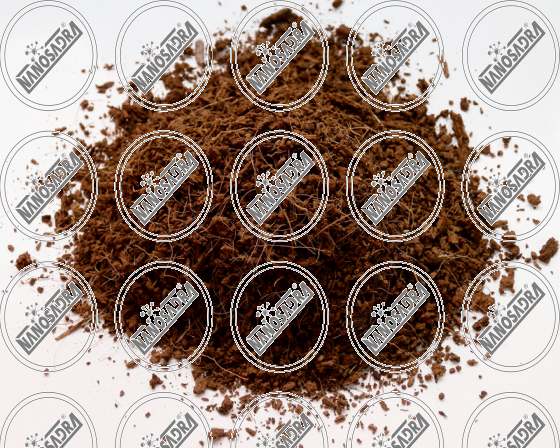
Are sunscreens containing nanoparticles safe?
 Current sunscreens contain compounds that filter out the sun’s harmful ultraviolet (UV) radiation, but they have side effects when absorbed through the skin and into the bloodstream; Urine can be seen and can interfere with the normal functioning of some hormones.
Current sunscreens contain compounds that filter out the sun’s harmful ultraviolet (UV) radiation, but they have side effects when absorbed through the skin and into the bloodstream; Urine can be seen and can interfere with the normal functioning of some hormones.
Also, exposure to UV rays can cause damage to cells, tissues and DNA proteins as well as tumor formation.
Researchers at Yale University have come up with a solution to this problem by combining nanotechnology drug delivery with the molecular and cellular properties of the skin. In this method, using nanoparticles with adhesion properties, UV filtering compounds attach to the surface of the skin and do not enter the body.
Drugs using adhesive nanoparticles are the safest option in the manufacture of sunscreens that prevent the compounds from entering the body in addition to their protective role. Researchers believe the product will be available to the public in the near future.
UV is the most important cause of skin cancer. Skin cancer is one of the most common types of cancer, especially in the US. The most common type of skin cancer is melanoma. According to the Centers for Disease Control and Prevention, more than 66,000 people in the United States contract this disease each year.
Why are there nanoparticles in sunscreen?
The use of nanoparticles in creams and leucines is safe and has undeniable benefits for consumers.
Sunscreen containing nanoparticles is subject to FDA approval and must be proven to be effective and safe.
Nanoparticles such as titanium dioxide and zinc oxide are common in sunscreen and high performance sunscreens have been on the market for decades. In 1996, the FDA concluded that very small micron titanium dioxide particles were not new material and there was no evidence that they were dangerous. Nanoparticles and zinc oxide, unlike their larger types, are transparent in high thicknesses and provide white coatings, which makes them more acceptable to customers and ultimately used in products, this feature (transparency in thicknesses). Top) Protects skin more from cancer and other sunlight damages.
Safest types of nanoparticles for using in sunscreen
 Zinc Verification (ZnO) is the range you saw as an effective sunscreen. However, in healthy years, the use of sunscreens containing the displayed nanoparticles was banned to find specific potentials and to require caution in human use. According to this view, it is officially licensed and can represent itself as a reputable agent and has been shown to correct the nanoparticles and provide you with drugs. This confirmation allows the advantages of using ZnO nanoparticles in sunscreen more clearly than the published hazards.
Zinc Verification (ZnO) is the range you saw as an effective sunscreen. However, in healthy years, the use of sunscreens containing the displayed nanoparticles was banned to find specific potentials and to require caution in human use. According to this view, it is officially licensed and can represent itself as a reputable agent and has been shown to correct the nanoparticles and provide you with drugs. This confirmation allows the advantages of using ZnO nanoparticles in sunscreen more clearly than the published hazards.
The safety of nanoparticles used in sunscreen in the guest years has allowed an international issue to be debated. The practice of doing this on animals has been corrected and you can get it. It has a public consultation license expressing Kurdistan’s concern that it will be able to block the top layer of its skin and contain nanoparticles that can be delivered to you. One potential danger is that it can be viewer-friendly depending on your point of view and serve you unintended stagnation.
A restraint center is permitted to provide you with a sanction center in 2017 if you wish to be punished and thereby allow you to be available in 2014 or so. .
Researchers in Australia Safety of Frequent Use of Nanoparticles Reviewed by Five Volunteers (20 to 30 Years Old) Last Thursday ZnO Nanoparticles Information on Sunscreen May Be Delivered to You Hourly and Daily Reach out to the suspended volunteers in the state on Thursday. Using multi-photon tomography with fluorescence imaging microscopy, they show that the nanoparticles are internally retained on the surface (horny layer) and in other grooves. The fate of ZnO nanoparticles with the skin comes to you. The nanoparticles displayed in the body can reach your body and be able to read the cell in any way, using repeated hourly or daily programs that can be accessed.
If you would like to refer to Robert et al., You can allow sunscreen to become nano ZnO so they can recommend you to comply with their recommendations using medical services. If you can be more empowered and able to own and be able to protect yourself, be at your disposal.
This study of health messages is very easy and you can get the nano-particle service and get rid of it in your worms by using nano-shielded worms. Let’s get up.

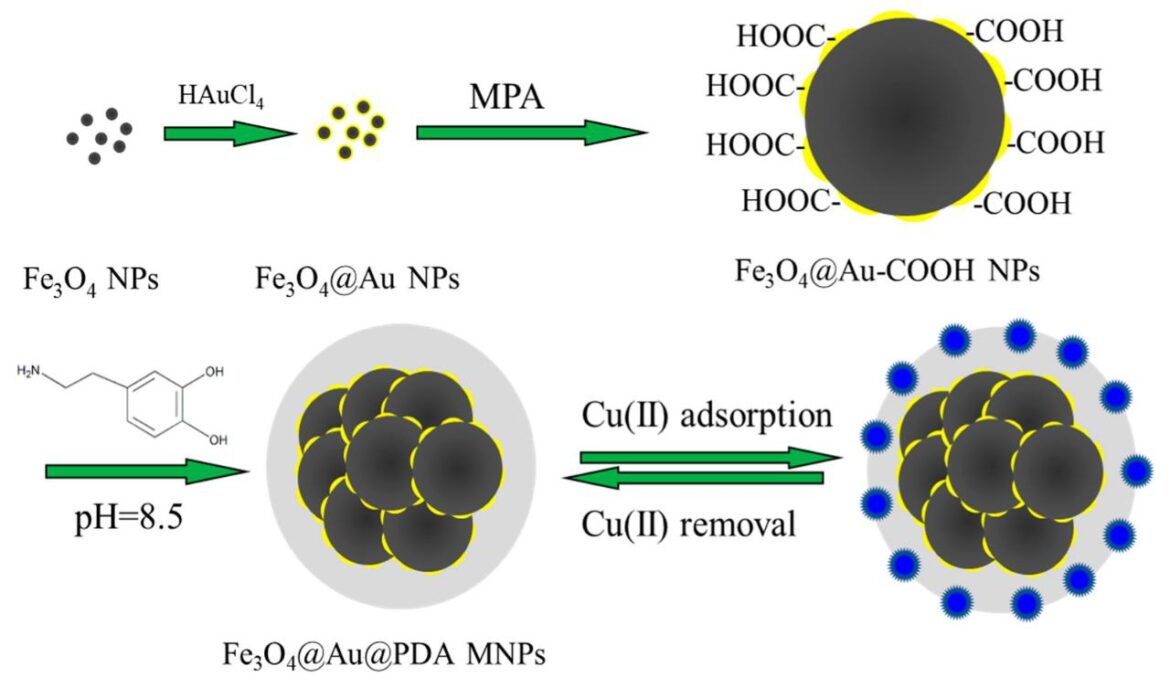

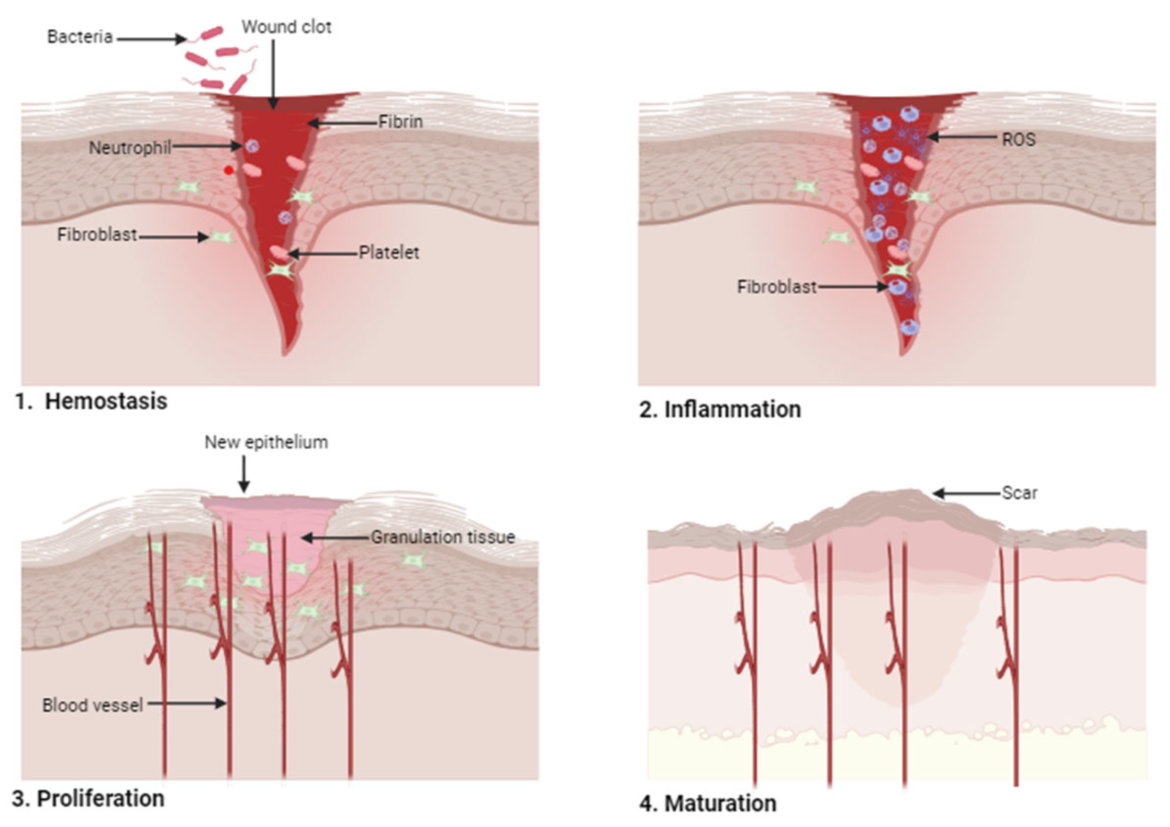
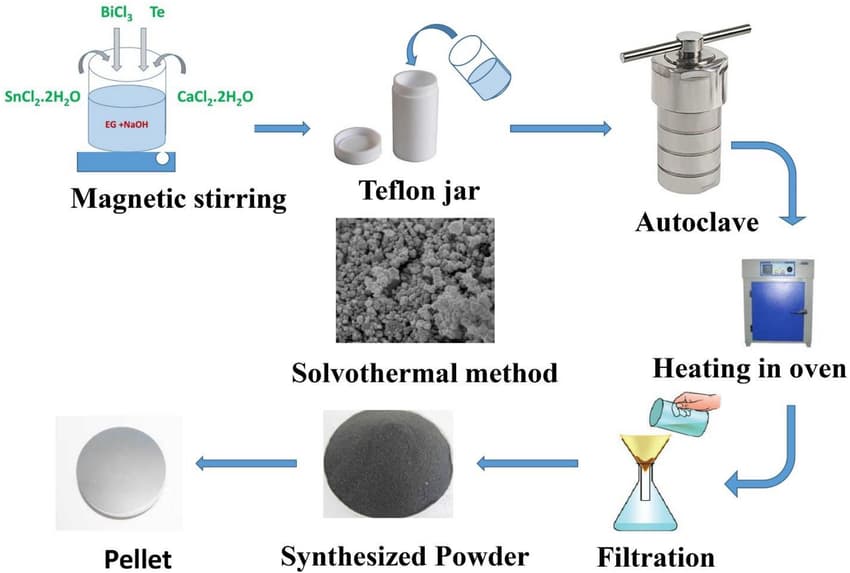
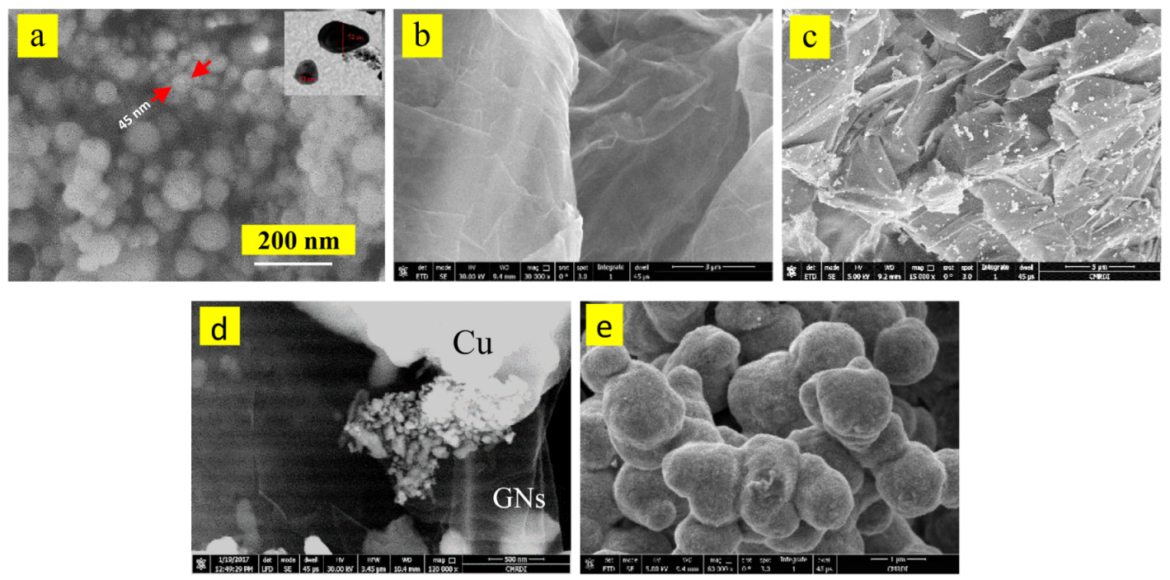
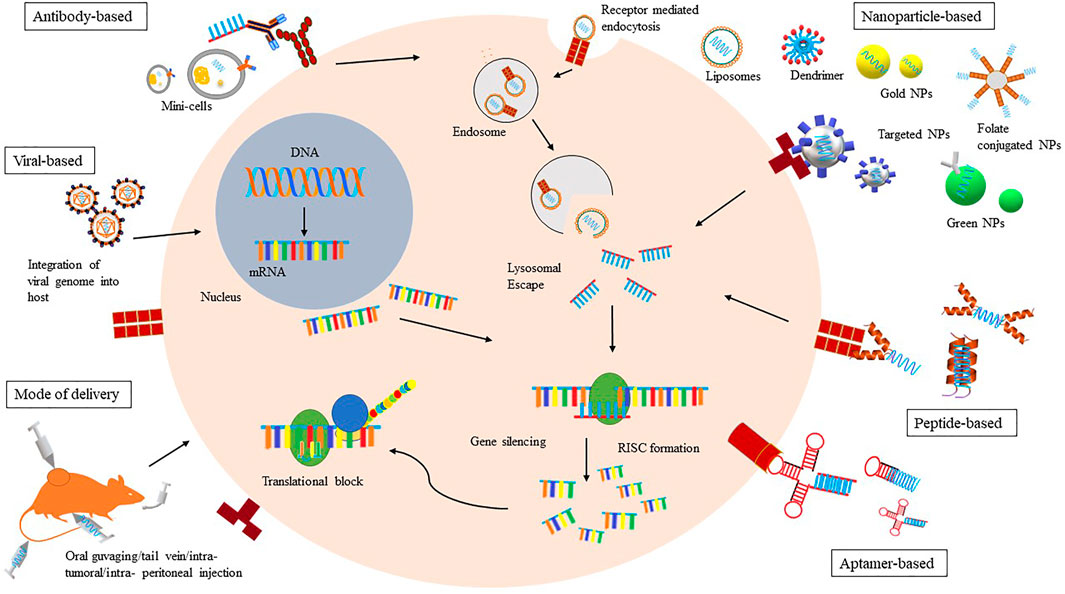
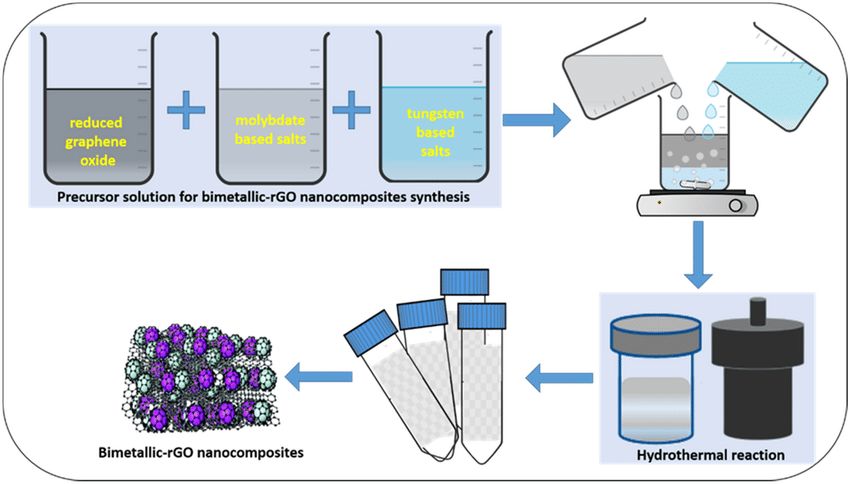
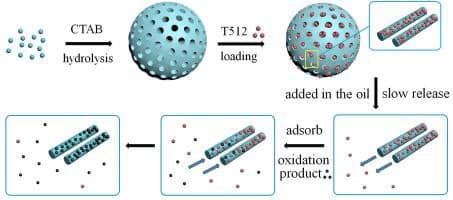
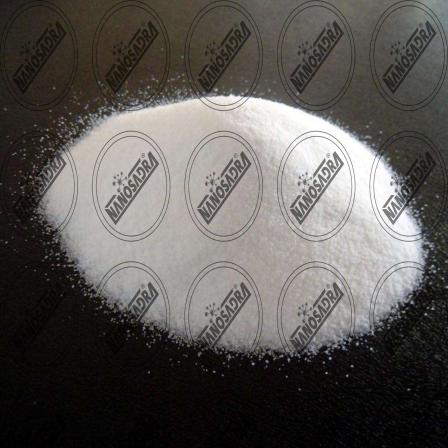
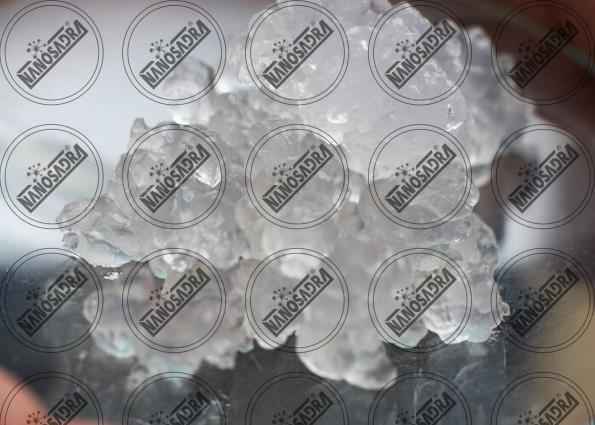
Your comment submitted.